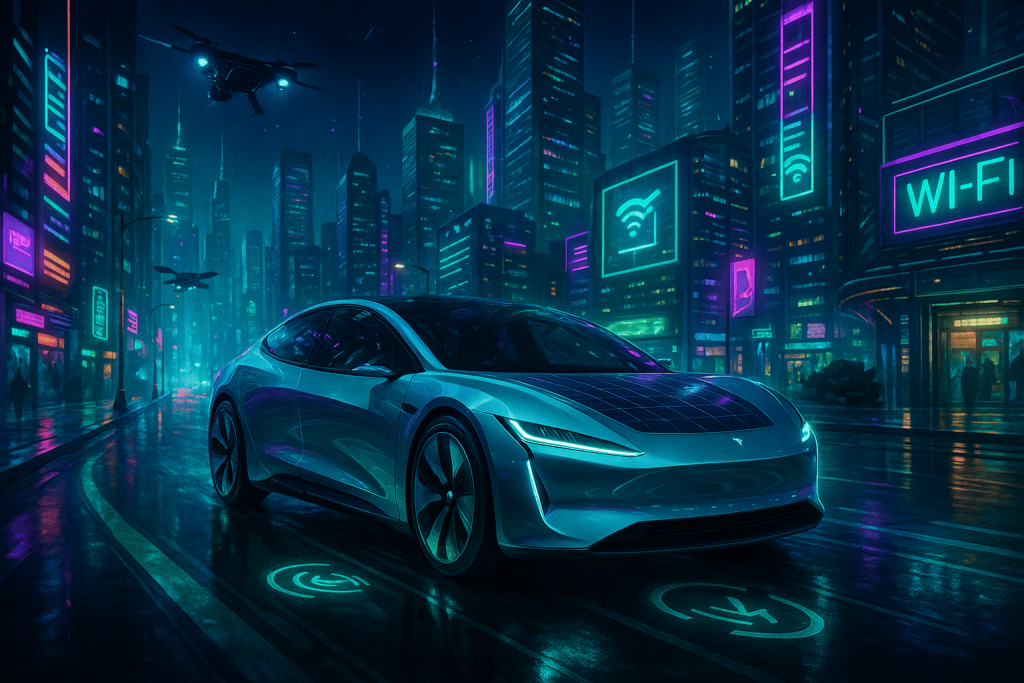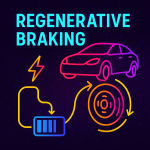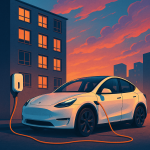As the electric vehicle (EV) revolution accelerates, it’s becoming increasingly clear that the cars we drive in 2035 will be fundamentally different from those we see on the roads today. Advancements in battery technology, autonomous driving, connectivity, and urban infrastructure are converging to reshape the very concept of personal transportation. But what will a typical mass-market EV look like in 2035? Drawing from current trends, let’s imagine the electric car of the near future—its design, features, affordability, and role within smart cities.
Design: Form Meets Function
By 2035, the average electric car will be sleeker, more aerodynamic, and minimalistic in its design. With no need for large front grilles or complex exhaust systems, EVs will adopt smooth, sculpted bodies optimized for low drag and maximum range. Exterior features will likely include advanced lighting systems using micro-LED or adaptive laser technology, retractable sensors, and solar-integrated roofs to capture supplemental energy.
Inside, expect a radically reimagined cabin. Touchscreens may give way to holographic or augmented reality displays projected onto the windshield. Voice assistants powered by AI will handle everything from navigation to entertainment. Interior space will be more generous, with modular seating and customizable ambient environments adapting to driver preferences or tasks (work, relax, socialize).
Full Autonomy: Driving Optional
Level 5 autonomy—full self-driving with no human input—may become standard in urban and suburban EVs by 2035. Thanks to billions of real-world miles logged by AI systems, future EVs will drive themselves safely in nearly all environments. This will transform cars from transportation tools into mobile living spaces. Owners will work, sleep, or enjoy media during commutes, and shared autonomous fleets may reduce the need for car ownership altogether.
Steering wheels and pedals may be retractable or completely optional in many models, depending on local regulations. Over-the-air software updates will continuously improve the vehicle’s intelligence, responsiveness, and efficiency.
Charging: Faster, Wireless, and Everywhere
The concept of “range anxiety” will likely be obsolete in 2035. With solid-state batteries expected to be widely adopted, charging times will shrink dramatically—dropping from hours to minutes. Vehicles may achieve 80% charge in under 10 minutes using ultra-fast chargers operating at 500 kW or more.
More impressively, dynamic wireless charging technology embedded in roadways could allow EVs to top up their batteries while driving, eliminating the need for traditional charging stops on many routes. Parking lots, workplaces, and homes will all be wirelessly equipped, making charging an invisible and automated experience.
Affordability and Accessibility
As battery costs decline and manufacturing scales up, the average EV will be cheaper than gasoline vehicles—both to purchase and maintain. Government incentives, improved production methods, and recycling of battery materials will help reduce costs. By 2035, it’s likely that even entry-level electric cars will offer ranges of 500+ kilometers, advanced driver assistance systems, and high levels of comfort.
In many regions, automakers may offer EVs via subscription services, bundling the vehicle, insurance, maintenance, and charging into a monthly fee. This could democratize access to cutting-edge transportation for millions around the world.
Integration Into the Smart City
The EV of 2035 will no longer be a standalone machine—it will be a node within an intelligent, interconnected urban ecosystem. Cars will communicate with infrastructure, traffic lights, and other vehicles to optimize traffic flow, reduce congestion, and improve safety.
AI-powered traffic management systems will guide EVs to available parking spots, reroute them around accidents in real time, and adjust energy usage based on the city’s power grid load. In return, EVs may feed energy back into the grid (vehicle-to-grid or V2G), acting as mobile storage units to stabilize renewable energy supply.
Conclusion
The electric vehicle of 2035 will be more than just a cleaner car—it will be a smarter, safer, and more integrated part of our daily lives. With full autonomy, lightning-fast charging, sleek design, and seamless urban integration, EVs will reshape how we move, live, and interact with the cities around us. What was once science fiction is rapidly becoming reality, and within just a decade, the “typical” car may look and function nothing like the vehicles we know today.



evs in 2035 gonna be wild!😱
assuming we even survive to see it 💀
lol EVs 2035 full auto? sounds sketchy 🤔
actually crazy handy… They just gotta get it all dialed in 😎
lol evs in 2035 gonna slay 👍👍
wow 2035 EVs gonna slap 😂